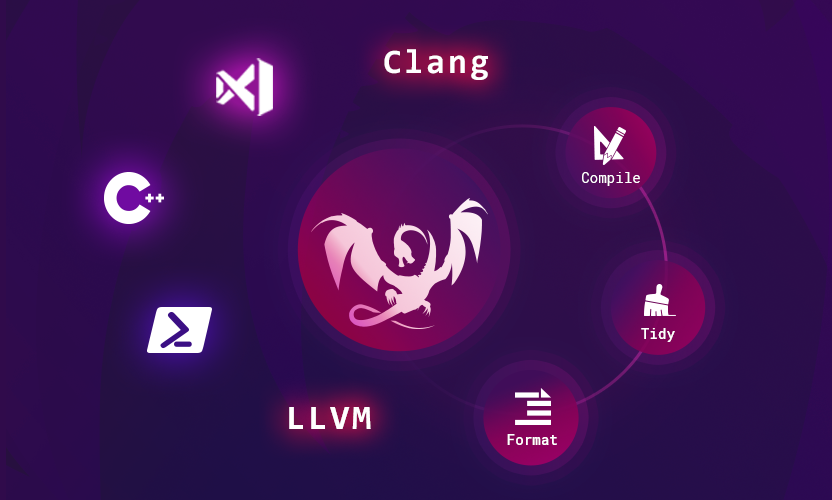“Professional C++, 5th Edition” Released--Marc Gregoire
 Interested to read it?
Interested to read it?
“Professional C++, 5th Edition” Released
by Marc Gregoire
From the article:
After working on it for a year, I’m proud to announce my new book “Professional C++, 5th Edition” is finished ��
It has been updated to the C++20 standard and uses certain C++20 features, such as modules and std::format(), throughout all examples...

 A brand-new ACM interview with the creator of C++...
A brand-new ACM interview with the creator of C++... Were you using them?
Were you using them?